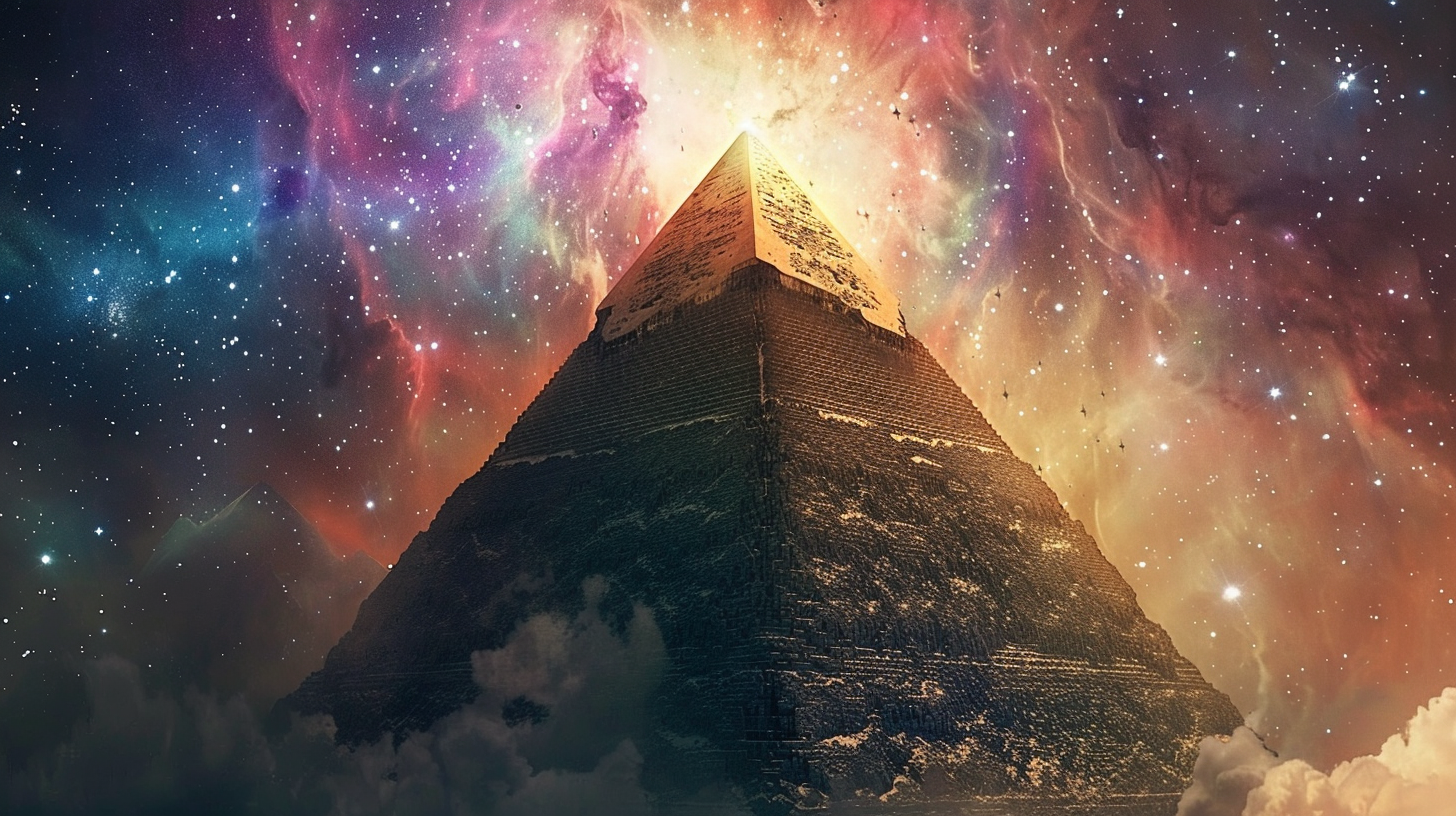The enigmatic Great Pyramid of Giza, a revered and iconic structure from ancient times, never fails to capture the attention of researchers and enthusiasts worldwide. Central to the fascination surrounding this historical wonder is its precise alignment with Orion’s Belt, a trio of stars in the constellation of Orion. While some view this alignment as a testament to profound astronomical insight or potential extraterrestrial influence, others propose alternative theories based on ancient belief systems and architectural principles.
Centuries-old, the alignment between the Great Pyramid and Orion’s Belt has intrigued scholars, sparking numerous debates and speculations. The three renowned pyramids of Giza – the Pyramid of Khufu, the Pyramid of Khafre, and the Pyramid of Menkaure – are strategically positioned to mirror the configuration of the three stars in Orion’s Belt. This striking correspondence has led to conjectures about possible links between the ancient Egyptians and the celestial realm.
One intriguing hypothesis suggests that the alignment of the Great Pyramid with Orion’s Belt may indicate sophisticated astronomical knowledge among the ancient Egyptians. Advocates of this theory propose that the pyramid builders possessed a deep understanding of celestial mechanics, using the stars as guides in their architectural pursuits. The alignment with Orion’s Belt might have carried symbolic significance, symbolizing a connection between the earthly domain and the celestial sphere above.

Furthermore, proponents of the advanced astronomical knowledge premise highlight other instances of celestial alignments within ancient Egyptian architecture, such as aligning temples and tombs with specific stars or constellations. They argue that these alignments served both practical and symbolic functions, enabling the ancient Egyptians to venerate their deities, navigate the afterlife, and showcase their proficiency in astronomy.
Conversely, critics propose alternative rationales for the alignment of the Great Pyramid with Orion’s Belt, drawing on ancient Egyptian beliefs and cultural norms. Some interpretations suggest that the alignment aimed to underscore the pharaoh’s divine connection with the gods and the universe, rather than being grounded in scientific understanding. In ancient Egyptian theology, the pharaoh held a divine status, and constructing monumental edifices like the Great Pyramid was considered an act of reverence and spirituality.
Moreover, skeptics caution against superimposing contemporary interpretations on ancient structures, underscoring the importance of comprehending the cultural and religious milieu in which these monuments were erected. Absent concrete proof linking the alignment with Orion’s Belt to advanced astronomical knowledge or extraterrestrial intervention, the true purpose behind this alignment remains subject to conjecture and discourse.
An alternate viewpoint on the alignment of the Great Pyramid with Orion’s Belt posits that it could be part of a broader scheme of sacred geometry and numerology in ancient Egyptian architecture. The Egyptians placed profound significance on symmetry, proportion, and harmony in their designs, viewing these principles as reflections of cosmic order and equilibrium. Consequently, aligning with Orion’s Belt may have been a deliberate architectural choice to evoke a sense of cosmic equilibrium and harmony.
In essence, the alignment of the Great Pyramid of Giza with Orion’s Belt presents an enduring enigma that kindles contemplation and discussion. Whether serving as proof of advanced astronomical knowledge, evidence of extraterrestrial influence, or a product of ancient convictions and architectural principles, one fact remains evident – the Great Pyramid of Giza continues to intrigue and mesmerize, beckoning us to ponder the mysteries of antiquity and our role within it.
